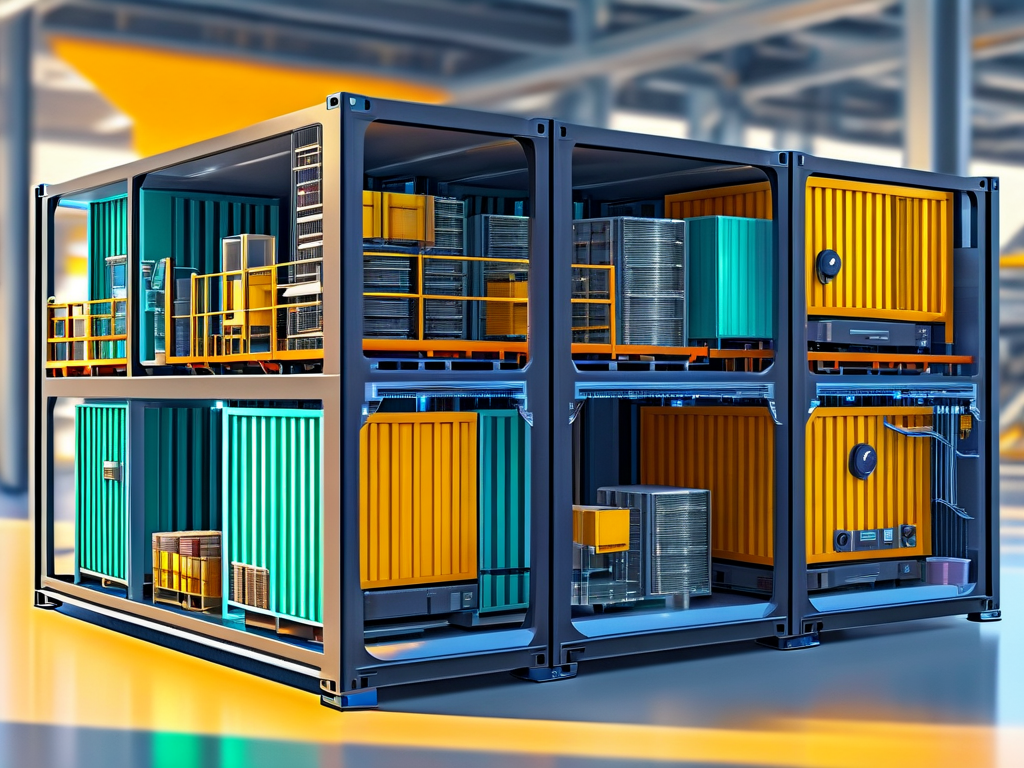In today's fast-paced software development landscape, automated deployment has become a cornerstone of efficient DevOps practices. By eliminating manual intervention in code releases, teams can achieve faster delivery cycles, reduce human error, and maintain consistent environments across development, staging, and production. This article examines practical approaches to implementing automated deployment pipelines while highlighting essential tools and best practices.
The Foundation of Deployment Automation
At its core, automated deployment relies on Continuous Integration/Continuous Deployment (CI/CD) pipelines. A typical workflow begins with developers committing code to a version control system like Git. This triggers automated build processes through tools such as Jenkins or GitHub Actions. For example:
# Sample Jenkins pipeline stage for build automation
pipeline {
agent any
stages {
stage('Build') {
steps {
sh 'mvn clean package'
}
}
}
}
This code snippet demonstrates a basic Maven build configuration within a Jenkins pipeline. The real magic happens when these builds automatically progress through testing phases and deployment stages without manual oversight.
Infrastructure as Code (IaC) Integration
Modern deployment strategies increasingly incorporate Infrastructure as Code solutions. Tools like Terraform and AWS CloudFormation enable teams to define cloud resources through declarative configuration files. By version-controlling infrastructure setups alongside application code, organizations ensure environment consistency and enable rapid scaling. Consider this Terraform example for provisioning AWS EC2 instances:
resource "aws_instance" "app_server" {
ami = "ami-0c55b159cbfafe1f0"
instance_type = "t2.micro"
tags = {
Name = "AutomatedDeploymentInstance"
}
}
Containerization and Orchestration
Docker has revolutionized deployment consistency through containerization. Packaging applications with their dependencies into portable containers eliminates the "it works on my machine" dilemma. Kubernetes then takes this further by automating container orchestration at scale. A basic Dockerfile illustrates this concept:
FROM node:14 WORKDIR /app COPY package*.json ./ RUN npm install COPY . . EXPOSE 8080 CMD ["node", "server.js"]
Environment-Specific Configuration Management
Sophisticated deployment systems handle environment-specific variables through tools like Ansible or Chef. These configuration management solutions enable parameterized setups where the same deployment process adapts to different environments (development vs. production) through variable injection rather than code modification.

Security in Automated Pipelines
While automation accelerates delivery, security must remain paramount. Implementing automated vulnerability scanning (using tools like Snyk or Trivy) within deployment pipelines helps identify risks early. Secret management solutions like HashiCorp Vault or AWS Secrets Manager ensure sensitive credentials never get hard-coded into repositories.

Monitoring and Rollback Mechanisms
Effective deployment automation includes comprehensive monitoring and quick rollback capabilities. Tools like Prometheus for metrics collection and the ELK Stack (Elasticsearch, Logstash, Kibana) for log analysis provide real-time insights. Automated rollback triggers based on health checks prevent faulty releases from causing extended downtime.
Hybrid Approaches for Legacy Systems
For organizations maintaining legacy systems, hybrid automation strategies prove valuable. Gradual implementation might involve automating specific components while maintaining manual checks for critical systems. Tools like Puppet offer agent-based configuration management suitable for mixed environments.
The Human Factor in Automation
While tools handle technical aspects, successful implementation requires team buy-in and process alignment. Developers must adopt test-driven development practices, while operations teams need to shift left in understanding application architectures. Regular pipeline audits and documentation updates ensure automation remains effective as systems evolve.
Emerging Trends
The automation landscape continues evolving with GitOps gaining traction – using Git repositories as the single source of truth for both infrastructure and application deployments. Serverless architectures and edge computing are pushing deployment automation into new frontiers, requiring adaptable toolchains.
In , automated deployment isn't a one-size-fits-all solution but a spectrum of strategies. Teams should start with core CI/CD implementations and gradually adopt advanced techniques like IaC and container orchestration. By carefully selecting tools that align with their technology stack and business objectives, organizations can achieve deployment velocities that keep pace with market demands while maintaining system stability.









